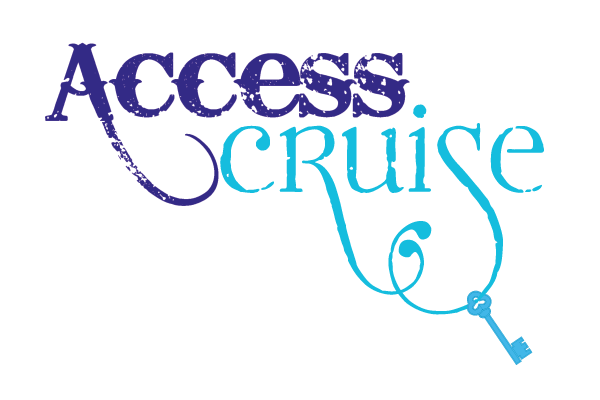On the evening of April 9, the CDC issued an order for the cruise industry. In short, it affects cruise ships in U.S. jurisdictional waters, imposing an additional 100-day suspension of operations and mandating that cruise lines prepare a plan for return to service. Plans should be submitted by April 16 and offer specifics as outlined by the order.
While it remains a shock to the system, it doesn’t come as a complete surprise. Industry insiders have been wrestling with the question of a return to service and what that looks like. Now there’s a road map.
The CDC and cruise lines will need to reach an agreement on procedures for sanitizing ships, testing for COVID-19, daily reporting on the number of COVID-19 cases, plans for staffing ships with enough doctors and equipment to prevent the need to transfer people to land-based hospitals, and methods for privately transporting critically ill people and repatriating non-essential crew. In the event medical evacuation is required, plans must be coordinated with U.S. Coast Guard officials, but arrangements will need to be made using commercial resources.
Included in the extensive requirements outlined by the CDC is “an outbreak management and response plan to provision and assist an affected cruise ship that relies on industry resources, e.g., mobilization of additional cruise ships” which would effectively create 3 categories of ships:
- A hospital ship for the infected
- A quarantine ship for the exposed
- A residential ship for those providing care and treatment
While we’re still reeling from the fact that entire fleets totaling in the hundreds have suspended operations, the industry is very much alive and looking forward. Planning. Evaluating. Working. To be sure, there is a lot of work to be done, but hallmarks of this industry are resilience, hard work and a passionate dedication universally shared among the millions it employs.
Let’s get to work.

